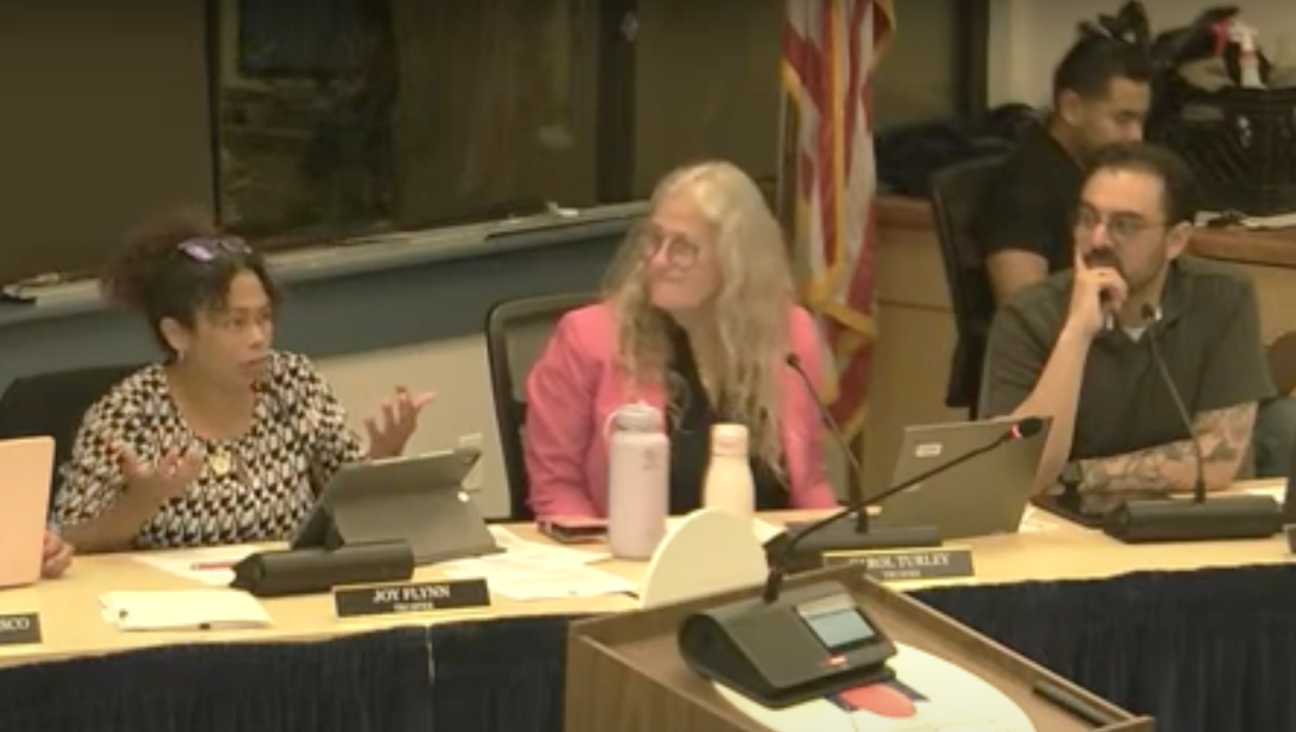The Curious Contronym
Dan Mosenkis of Fair Lawn, N.J., writes:
Words that also mean their opposites — they have been called “contronyms,” as well as “antagonyms” and “Janus words” — are curious creatures, and while many languages have a few of them, few are likely to have many. In English, besides “to cleave” (to split or sunder; also to adhere or cling) and “sanction” (permission to do something; also a penalty or punishment for doing something), a partial list would include “to buckle” (to fasten; also to collapse); “to enjoin” (to prohibit; also to prescribe); “to loan” (to lend; also, in colloquial speech, to borrow); “to weather” (to wear away; also to withstand wear), and “handicap” (a disadvantage; also an advantage). As for Hebrew, although nishkah. and shakhiah. do not comprise a true contronym, other words do, such as le’kales (to praise; also to defame), le’sakel (to throw stones; also to remove stones) and, in contemporary Israeli Hebrew, le’gared (to scratch; also to itch).
In practice, contronyms, like ordinary homonyms (e.g., “you,” “hew,” “ewe,” and “hue”), do not tend to cause confusion, as it is generally clear from their grammatical or semantic context which of their two meanings is intended. In the sentence “He buckled,” for example, we know that the subject collapsed, since in its sense of “to fasten,” the verb is transitive and must be followed by a direct object; similarly, in the two grammatically identical sentences, “The house weathered the storms” and “The storms weathered the house,” simple logic tells us what “weathered” means in each case. Yet there can certainly be instances — e.g., “The horse had a handicap” — in which a contronymic sentence is interpretable in opposite ways.
How do contronyms come about? There would seem to be three different ways, “random coincidence” being one. This happens when two antonyms that were once pronounced and written differently converge phonetically so that they end up with the same sound and spelling. English “cleave” is an example of this, its meaning of splitting deriving from the Old English verb “cliofan” and its meaning of adhering from “clifan” or “clifian.” In Middle English, these two verbs still had different inflections: The first was most commonly, “I cleve, I clove, I have cloven,” the second, “I clive, I clof, I have cloved.” Even today, although “cleave, cleaved, cleaved” is the customary conjugation in both cases, dictionaries list “clove” and “cloven” as acceptable for “cleave” in the sense of “split” but not for “cleave” in the sense of “adhere.”
The second way in which contronyms are formed is far more common and happens not by a convergence of sound, but by a divergence of meaning. Take “sanction,” for example — a word that descends from Latin sanctio, the clause in a legal code that defines the penalty for breaking a law. Originally, the word meant only “penalty” in English, too; yet by the late 17th century we find it being used to mean either a punishment for disobedience or a reward for obedience, and by the late 18th century its secondary sense of “reward” has given it the verbal meaning — its first recorded user in this manner being Thomas Jefferson — of granting legal permission. Many contronyms, like Hebrew le’sakel, arise from what one might call “prepositional ambiguity,” i.e., the question of which direction they point in. Thus, one meaning of le’sakel is to throw stones at a person; another, to remove stones from a field.
Finally, we have contronyms that are created deliberately for reasons of propriety, irony or resistance. Probably the oldest example of this on record comes from the Bible, where the verb le’varekh, “to bless,” is euphemistically used in the sense of “curse” when its object is God, as when Job’s wife says to him, “Curse God (barekh elohim) and die.” (A similar use of the verb occurs in Psalms 10:3.) An interesting modern case of such a contronym is the positive slang use of “bad” in American, especially black, English. Already in the mid-19th century, “bad” was being rebelliously used by African-Americans to mean “brave” or “tough” — a brave Negro was, in the eyes of most whites, a bad one — and as far back as 1897, the Random House Historical Dictionary of American Slang tells us, we find a written sentence such as, “She sutny [certainly] fix up a pohk chop ’at’s bad to eat.” Contronyms such as this declare, “You may rule or oppress us, but our minds are free and we know that what you call bad is really good.”
The great majority of contronyms, then, are not random coincidence. They derive in most cases from built-in ambiguities and, in a small number, from deliberate reversals, and more will continue to be created — though no doubt slowly, like rare gems — over time.
Questions for Philologos can be sent to [email protected].
The Forward is free to read, but it isn’t free to produce

I hope you appreciated this article. Before you go, I’d like to ask you to please support the Forward.
Now more than ever, American Jews need independent news they can trust, with reporting driven by truth, not ideology. We serve you, not any ideological agenda.
At a time when other newsrooms are closing or cutting back, the Forward has removed its paywall and invested additional resources to report on the ground from Israel and around the U.S. on the impact of the war, rising antisemitism and polarized discourse.
This is a great time to support independent Jewish journalism you rely on. Make a gift today!
— Rachel Fishman Feddersen, Publisher and CEO
Support our mission to tell the Jewish story fully and fairly.
Most Popular
- 1

Opinion The dangerous Nazi legend behind Trump’s ruthless grab for power
- 2

News Who is Alan Garber, the Jewish Harvard president who stood up to Trump over antisemitism?
- 3

News Student protesters being deported are not ‘martyrs and heroes,’ says former antisemitism envoy
- 4

Opinion What Jewish university presidents say: Trump is exploiting campus antisemitism, not fighting it
In Case You Missed It
-

Culture This Jewish New Yorker survived the Holocaust and the Hungarian Revolution, and is still helping others today
-

Fast Forward Trump says he and Netanyahu are ‘on the same side of every issue’ following talks on Iran, tariffs
-

Fast Forward California school board members accused of antisemitism during contentious meeting
-

Fast Forward Over 100 Chicago-area rabbis and cantors condemn Trump’s campus crackdown
-
Shop the Forward Store
100% of profits support our journalism
Republish This Story
Please read before republishing
We’re happy to make this story available to republish for free, unless it originated with JTA, Haaretz or another publication (as indicated on the article) and as long as you follow our guidelines.
You must comply with the following:
- Credit the Forward
- Retain our pixel
- Preserve our canonical link in Google search
- Add a noindex tag in Google search
See our full guidelines for more information, and this guide for detail about canonical URLs.
To republish, copy the HTML by clicking on the yellow button to the right; it includes our tracking pixel, all paragraph styles and hyperlinks, the author byline and credit to the Forward. It does not include images; to avoid copyright violations, you must add them manually, following our guidelines. Please email us at [email protected], subject line “republish,” with any questions or to let us know what stories you’re picking up.















